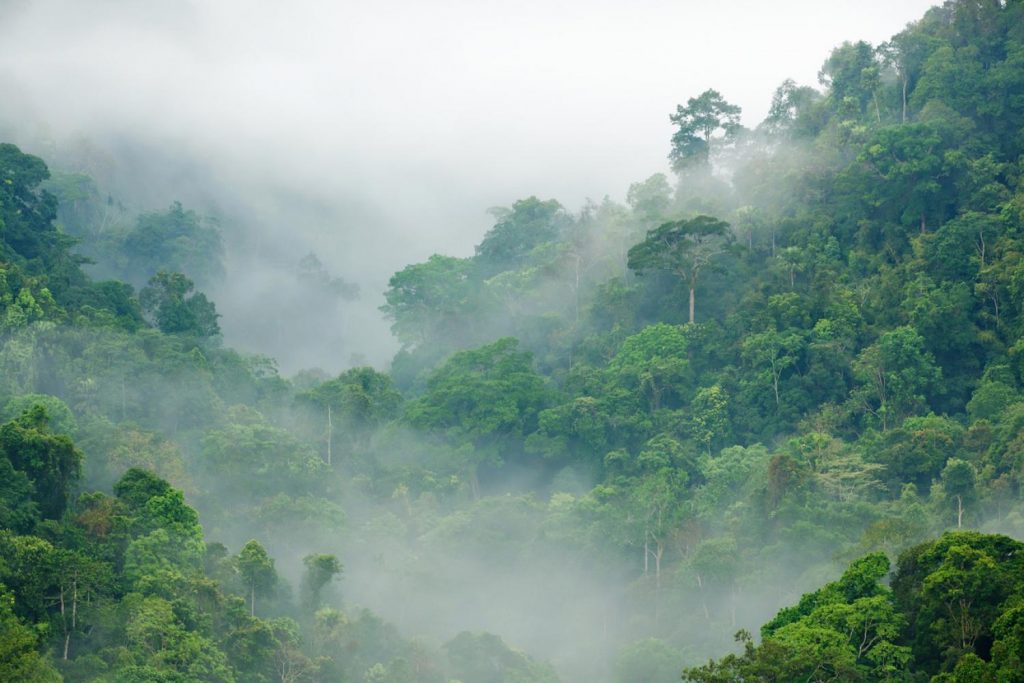
PHOTO: colorado.edu
According to a new study published in Ecology Letters, global warming might not be such a bad thing for Earth’s forests, meaning we’re a lot better off than scientists originally thought.
Scientists have believed for years that increased rainfall caused by global climate change would negatively impact the growth of Earth’s forests by waterlogging the environment, exacerbating the problem – since trees absorb harmful CO2 gasses. The slower forest grow, the faster climate change takes place.
Well, new data from 150 forests suggests that the increased rainfall due to shifting climate patterns is actually doing the opposite.
“Our data suggest that as large-scale climate patterns shift in the tropics, and some places get wetter and warmer, forests will accelerate their growth, which is good for taking carbon out of the atmosphere,” Philip Taylor, a research associate with the Institute of Arctic and Alpine Research explained. “In some ways, this is a good-news story, because we can expect greater CO2 uptake in tropical regions where rainfall is expected to increase.”
In other words, as the earth warms and rainfall increases, tropical forests can be expected to grow, which means that they’ll start eating up CO2 gasses in the atmosphere. This will help re-balance the Earth’s atmosphere and keep the planet livable for longer, and may even save some species from dying out.
Of course, that doesn’t mean that climate change isn’t a problem. Certain rainforests have experienced a lot of drought in the past hundred years, leading to widespread plant death.
But, if we can work with the rainforests instead of cutting them down, and take steps like we already are to reduce our own carbon footprint, we have a good chance of stopping – or even reversing climate change and preserving the Earth for generations to come. The future may not be as bleak as we originally anticipated.
“Our findings fundamentally change a view of the tropical forest carbon cycle that has been published in textbooks and incorporated into models of future climate change for years. Given how much these forests matter to the climate, these new relationships need to be a part of future climate assessments.” – Philip Taylor.
